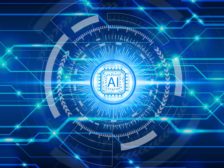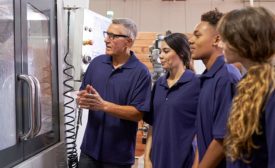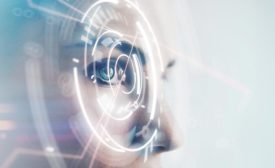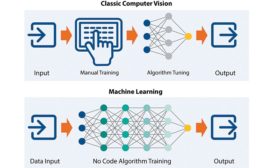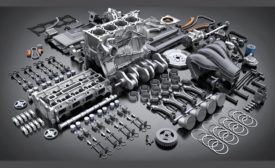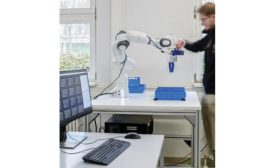Home » machine learning
Articles Tagged with ''machine learning''
Vision & Sensors | Machine Learning
AI is being adopted across industries to harness the power of data and use it to make more informed decisions.
Read More
VISION & SENSORS - AUTOMATION
Don’t Try to Beat AI, Join It!
Automation will give, as well as take, opportunities for human workers.
March 9, 2021
Simplifying AI Deployment for Quality Inspection
Adopting a hybrid approach that marries classic and machine learning techniques for quality inspection can simplify deployment.
June 30, 2020
Deep Learning Expands into Assembly, Packaging, Kitting Inspection
Unlike traditional machine vision solutions, deep learning machine vision tools are not programmed explicitly.
March 3, 2020
Self-learning Robots Solve Tasks with the Help of an Ensenso 3D Camera
Seen, Stored, Learned
December 5, 2019
Stay in the know with Quality’s comprehensive coverage of
the manufacturing and metrology industries.
eNewsletter | Website | eMagazine
JOIN TODAY!Copyright ©2025. All Rights Reserved BNP Media.
Design, CMS, Hosting & Web Development :: ePublishing
